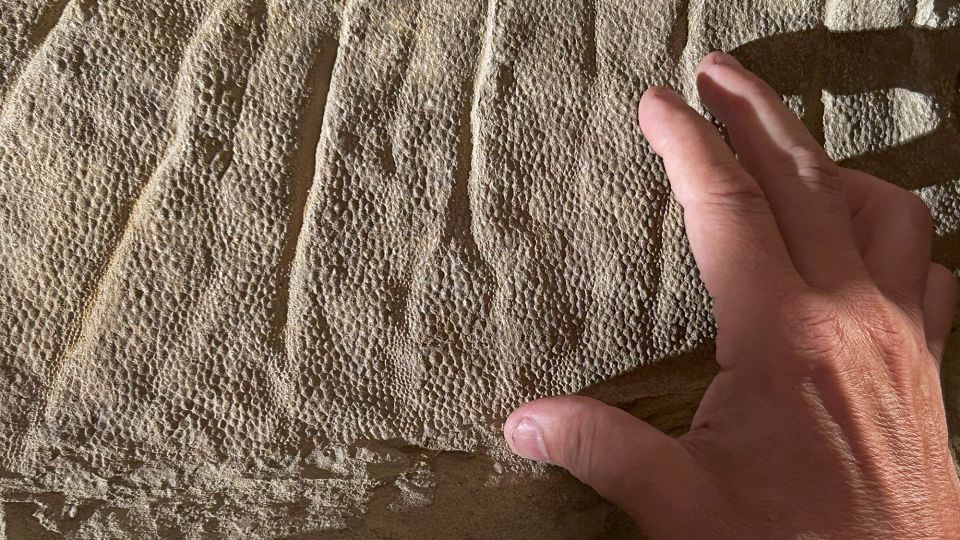Research team reconstructs the location of one of the best-preserved dinosaur fossils ever found
Paleontologist Paul Sereno from the University of Chicago has identified the precise location where one of the most complete dinosaur fossils was unearthed — the Edmontosaurus annectens, a plant-eating giant that roamed North America about 66 million years ago.
His recent study provides an unprecedented look at the anatomy of this so-called “dinosaur mummy,” whose preserved skin and body contours reveal remarkable details of its appearance and structure.
Tracing the forgotten site of a 1908 discovery
To locate the original excavation site, first uncovered in 1908 by fossil collector Charles Sternberg, Sereno and his team examined archives, historical photographs, and field notes. Their research led them to a remote area in eastern Wyoming now known as the “mummy zone,” where ancient river sands helped preserve entire dinosaur bodies.
The search took an unexpected turn when a local rancher mentioned that his great-grandmother once served as the postmaster of the long-lost town of Warren, Wyoming. That clue helped Sereno determine the approximate distance and direction to the site, connecting modern research with a century-old paleontological landmark.
Revealing the true form of Edmontosaurus annectens
The scientists discovered that a thin layer of hardened clay had created a natural mold of the dinosaur’s skin and outer features, capturing intricate textures across the entire body.
The study focused on two specimens: an adult nicknamed “Ed Sr.” and a juvenile called “Ed Jr.” — the only known young “dinosaur mummy.” These fossils provide a complete and scientifically accurate depiction of the species from head to tail. Although the original coloration remains unknown, researchers say these findings shed new light on the preservation and anatomy of large Cretaceous herbivores.







